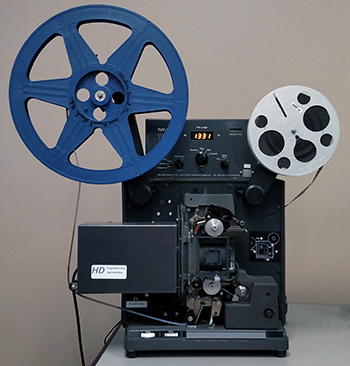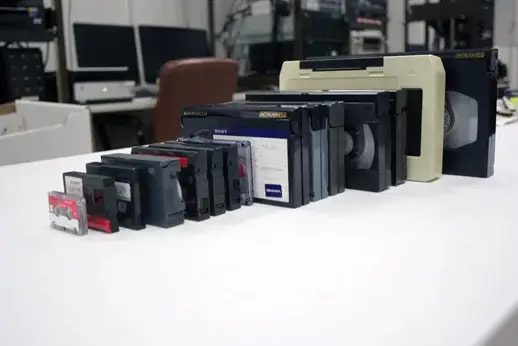
The 16mm film format turns 100 this year. This medium owes the art of cinema its freedom, which it provided to numerous international filmmakers. Even in the modern era of digital cinema and high-end camera technology, 16mm film is still one of the most exquisite and reasonably priced formats, giving ambitious filmmakers a distinctive appearance.
About 16mm Film
16mm film was first presented by Kodak in 1923 as a reliable, reasonably priced product for the home video market. Over time, it developed into a respectable, professional format that democratized movie production and distribution.
It became the preferred medium for filmmakers that are into news, documentaries, and educational content. Numerous theaters and film companies continued to operate on 16mm prints, which also provided entertainment for front-line soldiers. Long into the 1980s, the TV business distributed and broadcast many shows and films using 16mm prints. The worldwide independent and commercial filmmaking sector thrived on 16mm, which also enabled successive generations of avant-garde artists to enhance the cinematic art form.
Continue reading “Celebrating 16mm Film’s 100th Anniversary”

